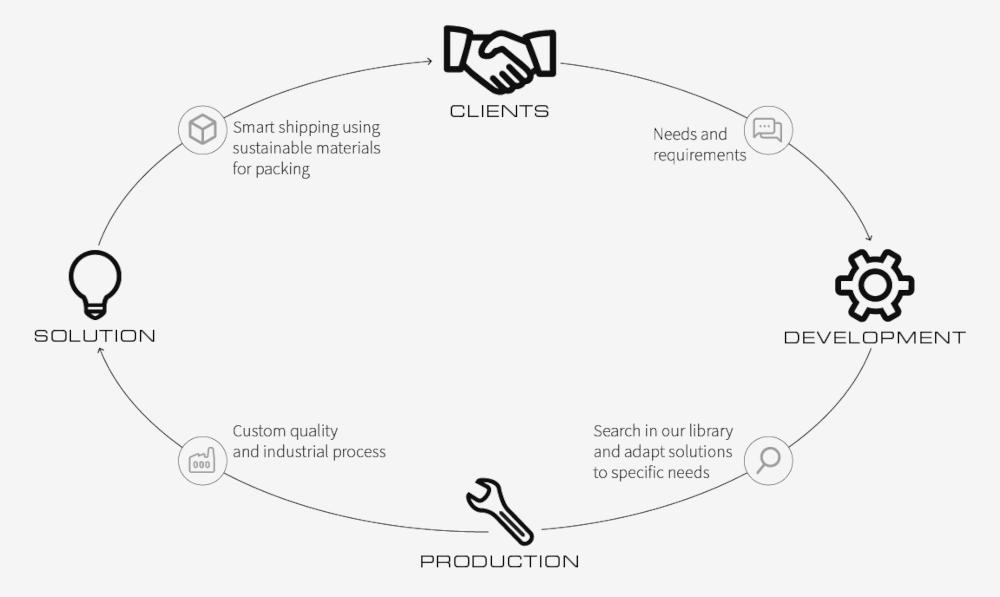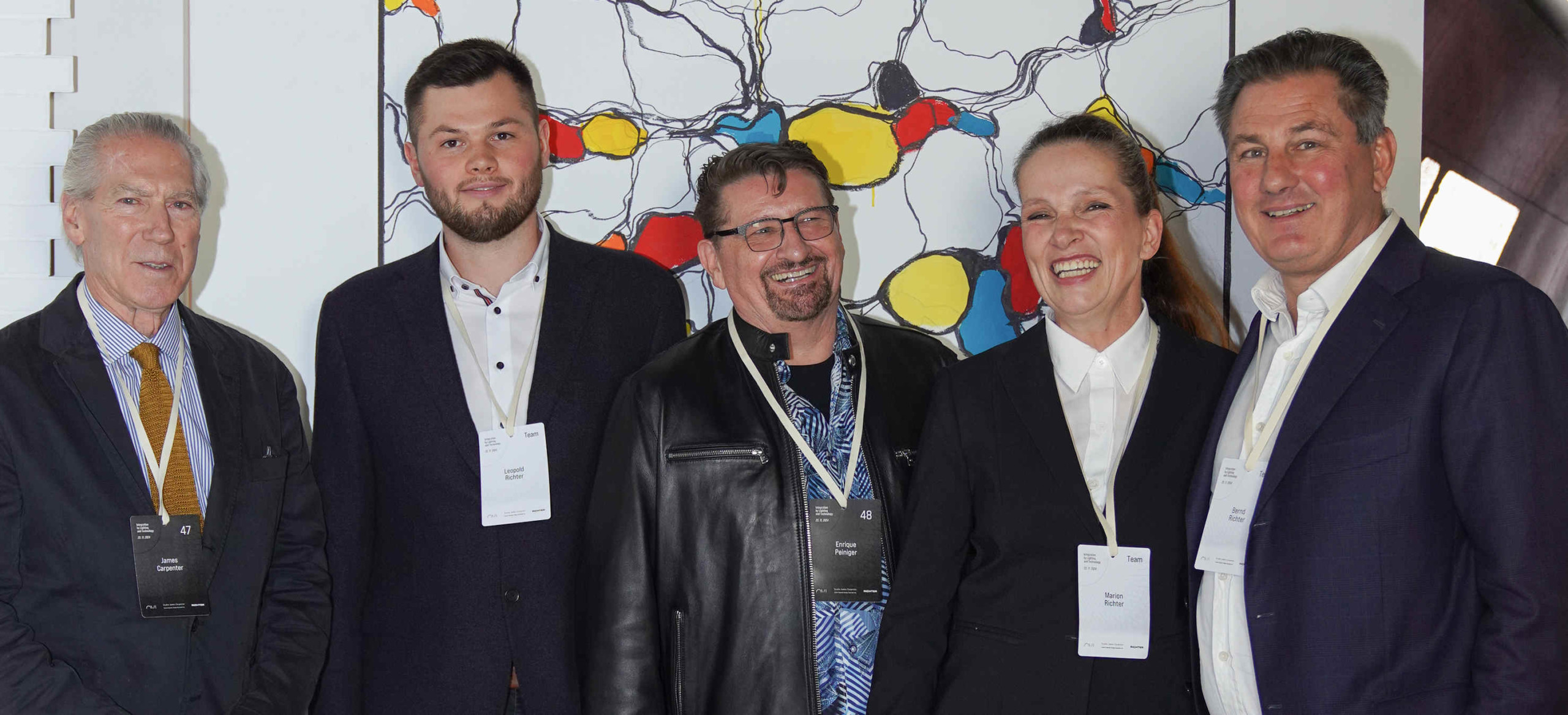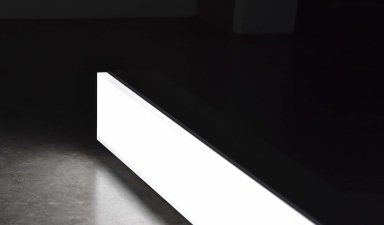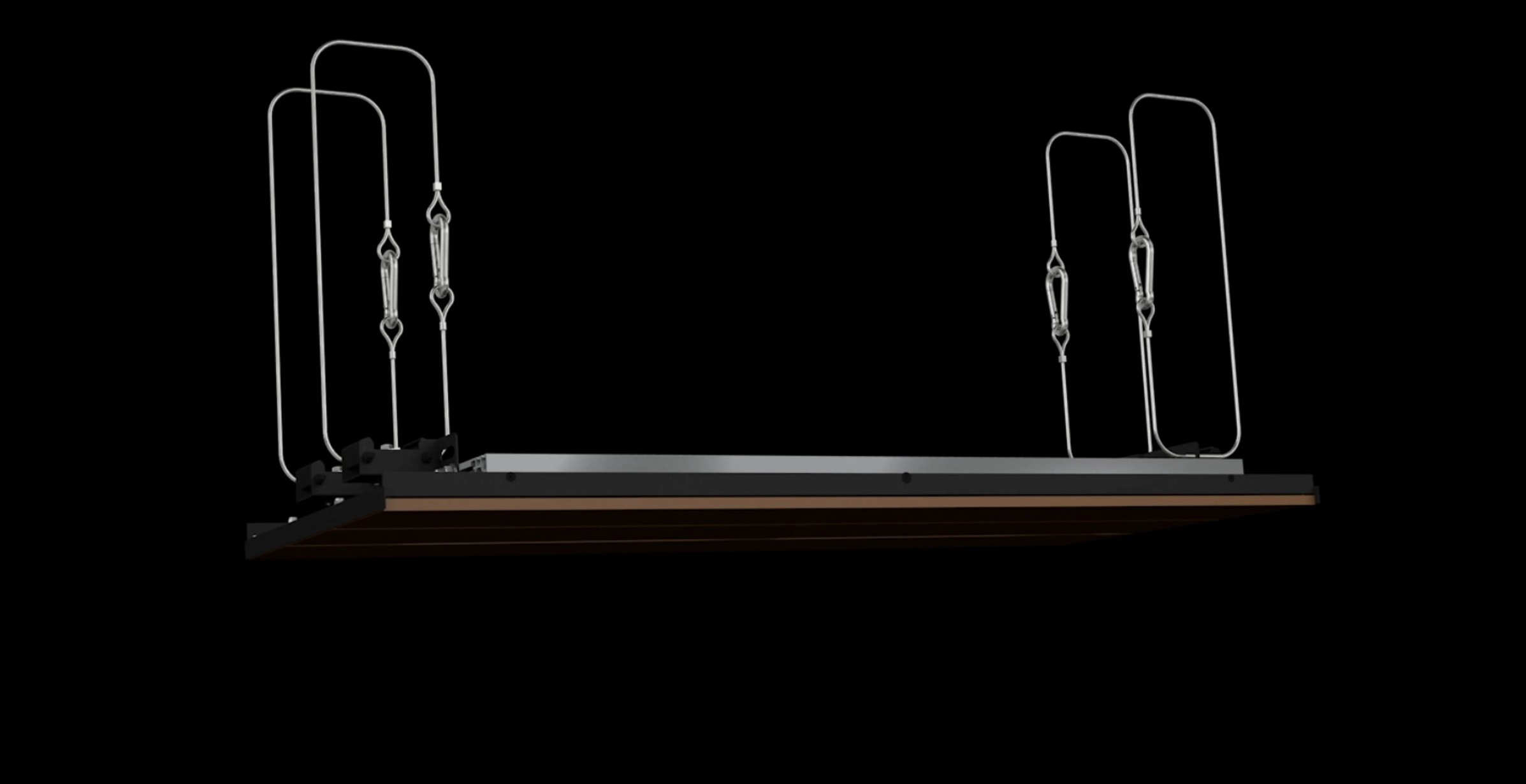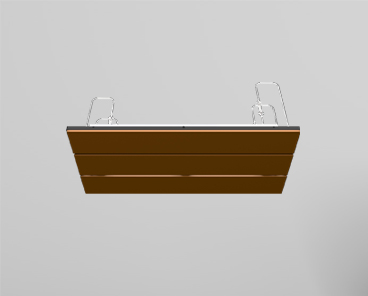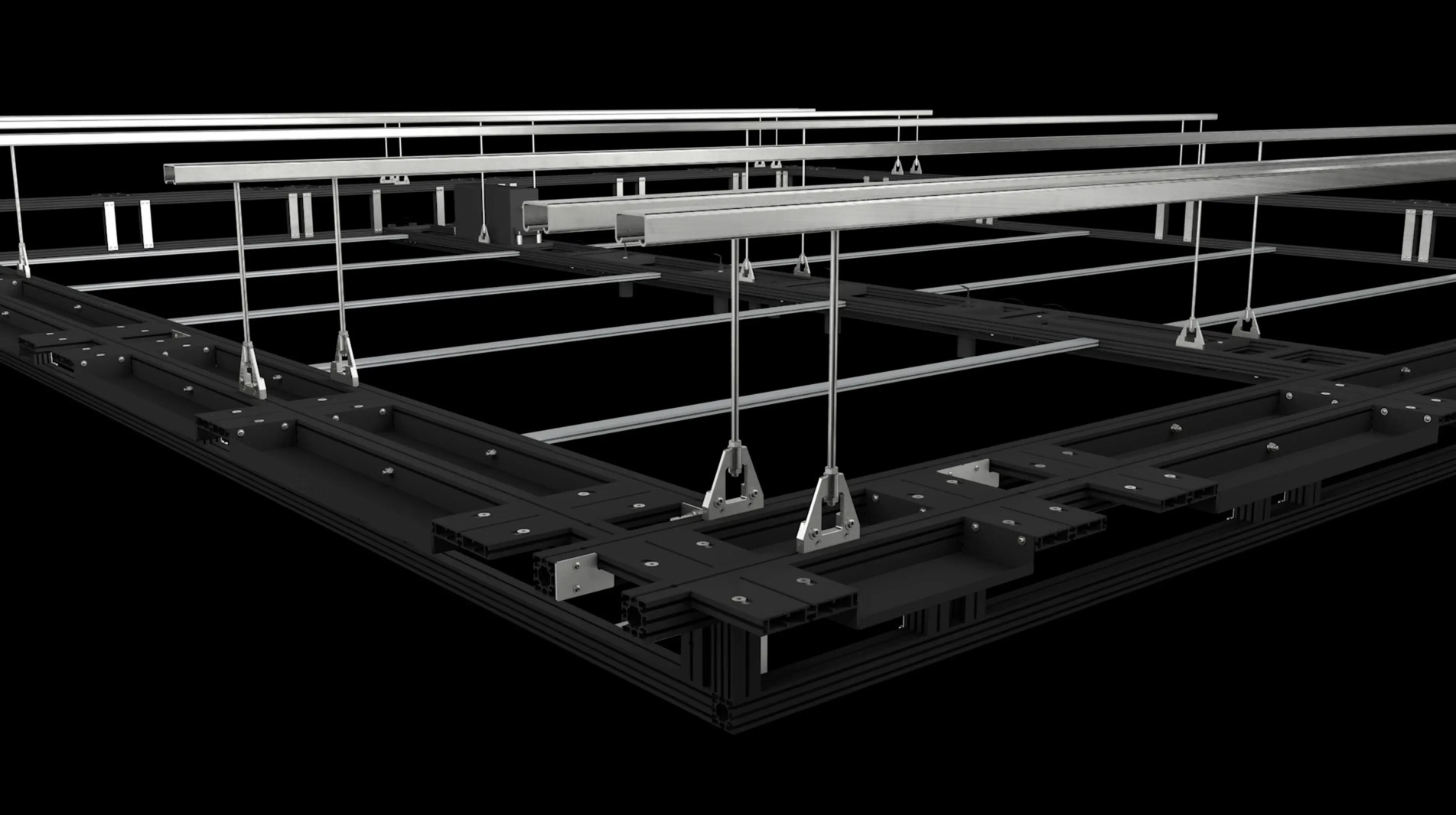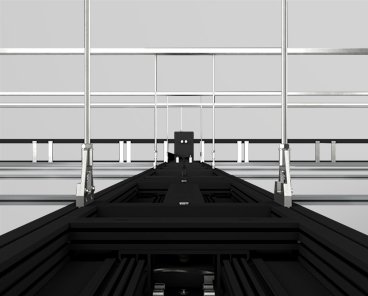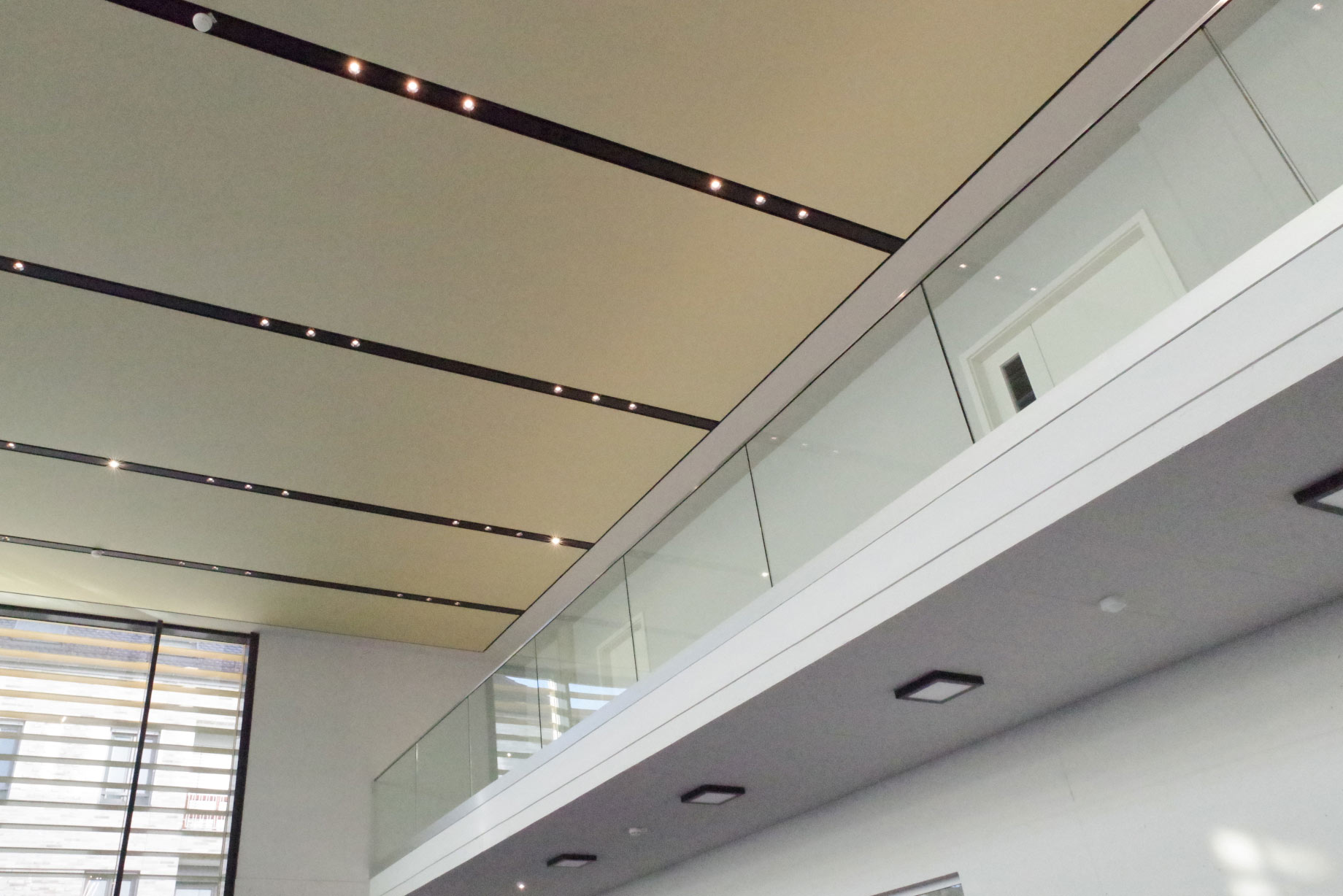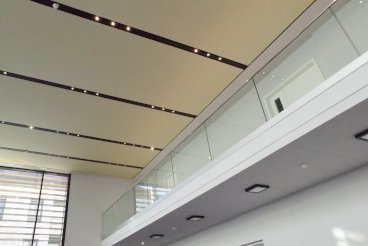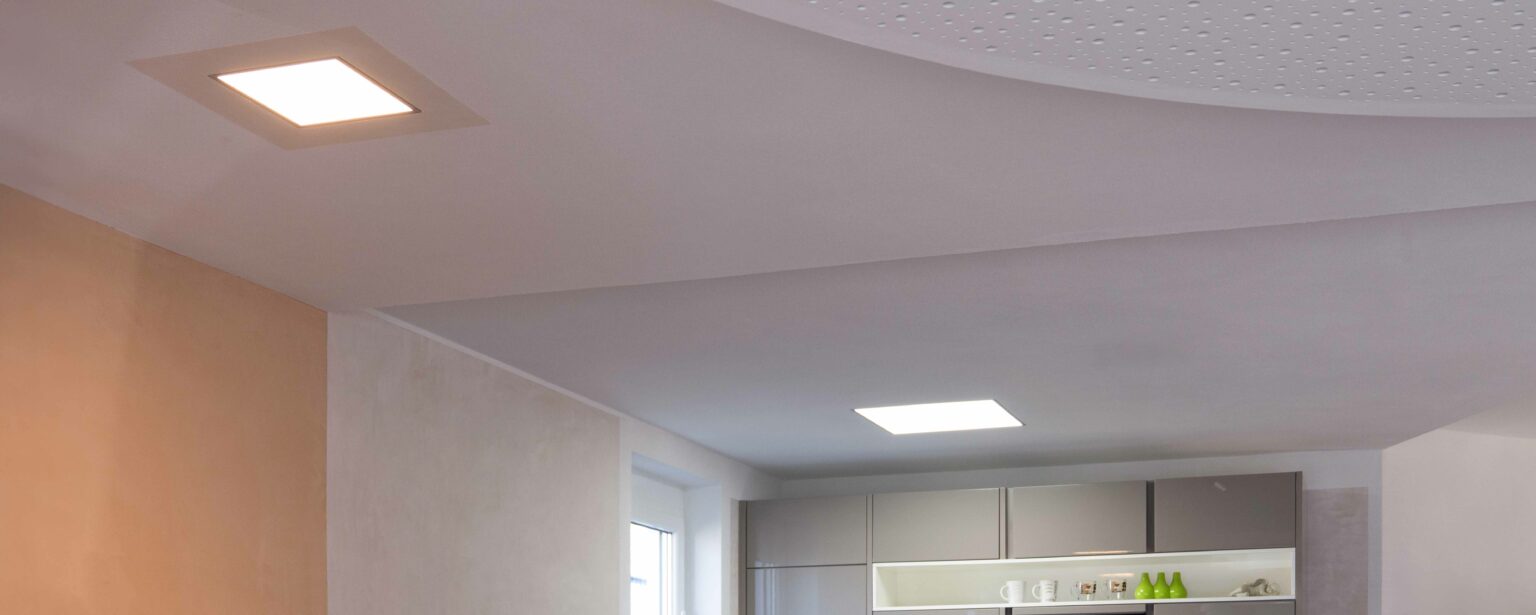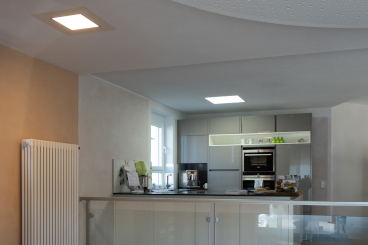In This Article
Share
Customization Options: Tailoring Suspended Ceiling Systems to Your Design Vision
When it comes to designing a space, every detail counts, from the floor to the very ceiling. Suspended ceiling systems offer not just functionality but also a canvas for creativity. With advanced customization options, designers and architects can truly tailor these systems to fit any design vision. In this guide, we’ll explore how you can utilize customizable features such as patterns, finishes, and integrated lighting to enhance your projects, ensuring that your interiors aren’t just practical, but visually striking as well.
Understanding the Basics of Suspended Ceiling Systems
Before diving into customization, it’s crucial to understand what suspended ceiling systems are and how they work. Typically used to conceal piping, wiring, and ductwork, these systems consist of a grid that supports lightweight panels or tiles. Richter’s Universal Ceiling System (UCS), for instance, showcases how these frameworks can be adapted to accommodate various architectural styles and functional needs.
Step 1: Selecting the Right Patterns
Consider the Space: Begin by considering the function of the space. Is it a high-traffic area? Does it require sound absorption? Richter offers a variety of surface options that not only enhances aesthetic appeal but also adds to the acoustical properties.
Match the Theme: Choose the surface that complement the overall design theme of your space. For minimalist or more opulent designs, consider wood ceilings, as this warm and intricate finish can add a touch of luxury.
Step 2: Choosing Finishes
Material Matters: The material of the ceiling panels affects both the look and functionality of the ceiling. Materials can range from metal to fiber, each with its own set of benefits. Most high-quality ceiling solutions should ensure that whichever material you choose, the finish is flawless.
Color Coordination: Color plays a significant role in setting the mood of a room. Using industrial grade color measurement devices, exact hues can be matched, ensuring that the ceiling panels perfectly align with the color scheme of the space.
Step 3: Integrating Lighting Solutions
Functional Lighting: Consider what type of lighting the space requires. At Richter, we provide customization options that integrate high quality, highly customizable, energy efficient LED luminaires directly into ceiling panels, which can help in creating a seamless look while fulfilling the functional lighting needs.
Ambient Lighting: For areas that benefit from softer, ambient lighting, we also offer options that incorporate diffused lighting, which can help in creating the right atmosphere without being overly harsh or direct.
Step 4: Consulting with Experts
Technical Specifications: Working with our team allows you to leverage our expertise in both design and technical specifications to ensure that your chosen options are feasible and meet all required certifications.
Customization Consultation: Our process ensures close customer collaboration throughout the development process to ensure a precise match to customers requirement specifications to truly reflect the client’s needs and visions.
The conclusion
Customizing suspended ceiling systems offers endless possibilities to transform a space. With the right patterns, finishes, and integrated lighting options, these systems not only fulfill functional requirements but also contribute significantly to the interior’s aesthetic. Companies like Richter Lighting Technologies are at the forefront of this innovation, providing the tools and expertise necessary to bring your design vision to life. Whether you’re looking to add elegance to a corporate office or functionality to a bustling retail space, understanding and choosing the right customization options is key to creating an interior that is both stunning and practical.
GALLERY
In This Article
Share

